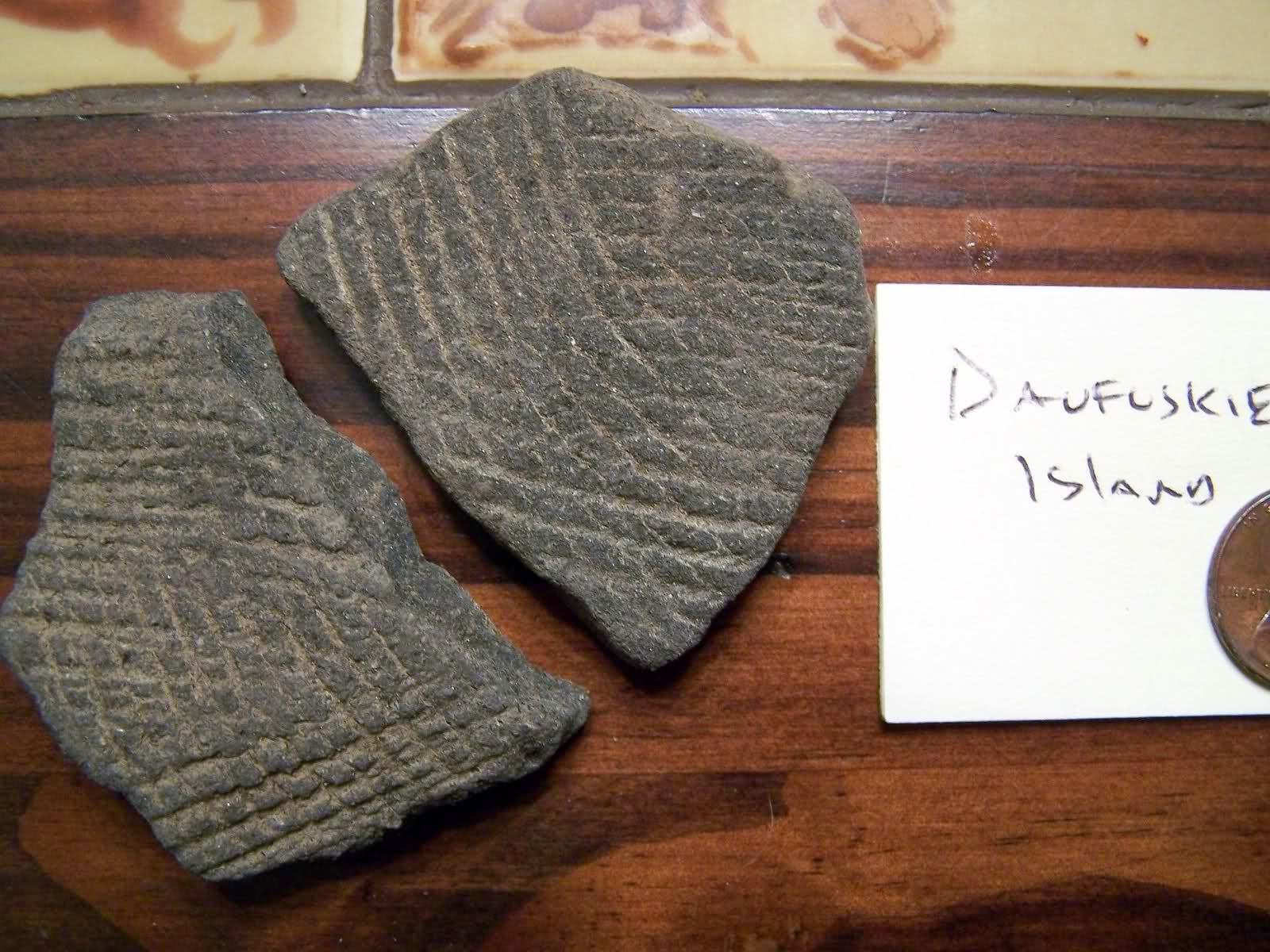Archaeologist Clive Finlayson has identified a cross hatch pattern at Gibraltar, which he attributes the creation of, to Neanderthals
Archaeologists like Finlayson should attempt to explain the existence of a very similar symbolic marking convention in Koonalda Cave, Australia, and Seneca Cavern, Ohio. According to popular wisdom, Neanderthals could not have been in Australia or America. So maybe they could explain how a proposed Neanderthal behavior could have been transferred to another "species" (Homo sapiens sapiens) and to places so distant from Gibraltar.
Just like the Gibraltar example in the article, the Ohio cave grid carvings I discovered are on a flat stone shelf extending from the cave wall and approximately 16 inches above the cave floor. It may have marked an ideal sitting spot. Seneca Cave, Ohio, and Koonalda Cave, Australia, both have underground bodies of water. Koonalda also has deliberate markings on a stone shelf.
One of the Seneca Cave, Ohio, carved grids discovered by Ken Johnston
Schematic of Koonalda Cave, Australia
Archaeologists like Finlayson are too quick to attribute art examples to Neanderthals because they have a certain date and time frame for the "arrival of modern humans" in Western Europe. These dates and the certainty of them are quite dubious. They are based largely on association of tool and technology types to different human species or cultures, which is invalid (R. G. Bednarik). Stone tool sets do not equate to cultures or human types like Neanderthals or "moderns."
The 'hash tag' motif is likely a manifestation of the grids commonly seen entoptically by humans in deep states of shamanic and meditative trances. Perhaps Neanderthals and modern humans had the same cognitive abilities and mind-state alteration practices. Is the cross hatch carving a shared behavior which can destroy the intelligence dichotomy implied by definitions like "Neanderthals" and "modern humans?"
Or maybe Archaeology should explore the existence of this motif on three continents as an indicator that Neanderthal humans made their way around the world in the many tens of thousands of years they dominated the planet.
Or perhaps the link to Neanderthals cannot be so certain at Gibraltar because modern humans were also purveyors of these grids.
More information is needed to assure us that this Gibraltar find is indeed attributable to Neanderthals. At this time, I do not think this is possible. Meanwhile, ample evidence of Heidelbergensis and Neanderthal art detected by amateur and professional archaeologists is completely ignored by the mainstream discipline because it does not fit its dogma. If Finlayson is eager to discover Neanderthal art in situ, he might consult with the people who have actually studied it, such as art and religion scholar James Harrod, Ph.D. or Robert G. Bednarik who describes a larger Middle Paleolithic corpus of rock art than that from the Upper Paleolithic.
Koonalda Cave, Australia
Daufuskie Island, South Carolina, portable rock art engravings which are likely symbolic of entoptic visual experiences achieved in mind-trance states


gridpl33.jpg)
